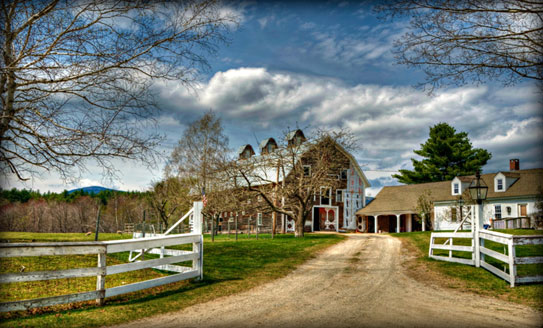Agricultural History

Image credit: Monica Scanlan
The agricultural landscape of the Sugar River Region was characterized by a variety of crops. Farmers grew grains, vegetables, fruits, and dairy products. Dairy farming, in particular, became a significant industry, with numerous dairy farms dotting the countryside. The area also had thriving apple orchards, producing apples for consumption and cider production.
However, as the 20th century progressed, agriculture in the Sugar River Region faced challenges. The rise of industrialization and urbanization led to a decline in available farmland as more land was converted for residential and commercial purposes. Many young people left rural areas to seek employment opportunities in cities, resulting in a decrease in the number of farmers.
Today, while agriculture still plays a role in the Sugar River Region’s economy, it has become less prominent than in previous. Despite having gone through significant changes in the agricultural landscape, the area continues to have active farms that supply our communities and visitors with a range of exciting experiences, fresh produce, maple syrup, dairy and other locally made products. These farms can be great gathering places and some even host their own events and tours. Several farms offer a pick-your-own produce experience for blueberries, strawberries, raspberries, apples, and pumpkins. Click here to find a list of these Sugar River Region agritourism members.